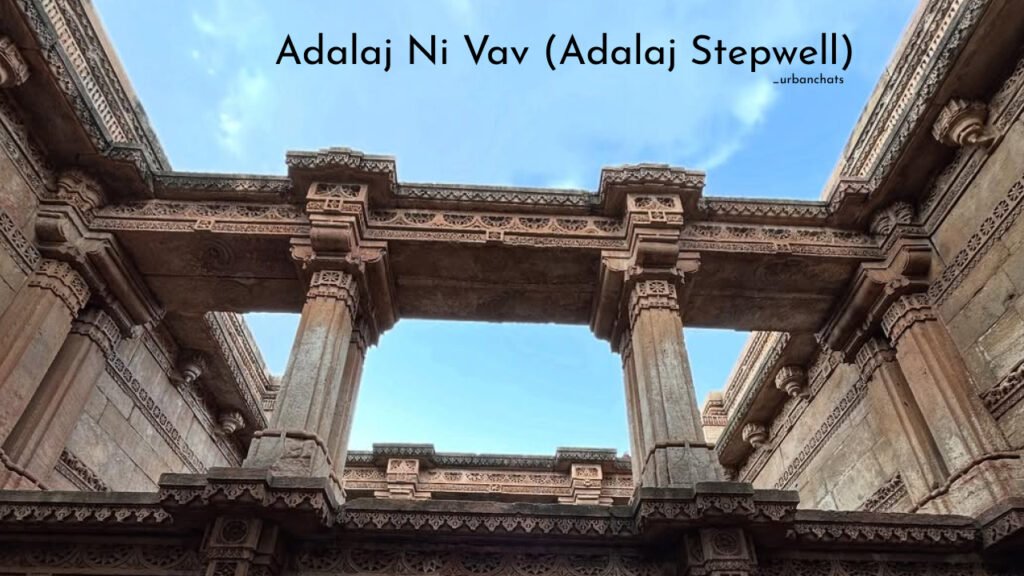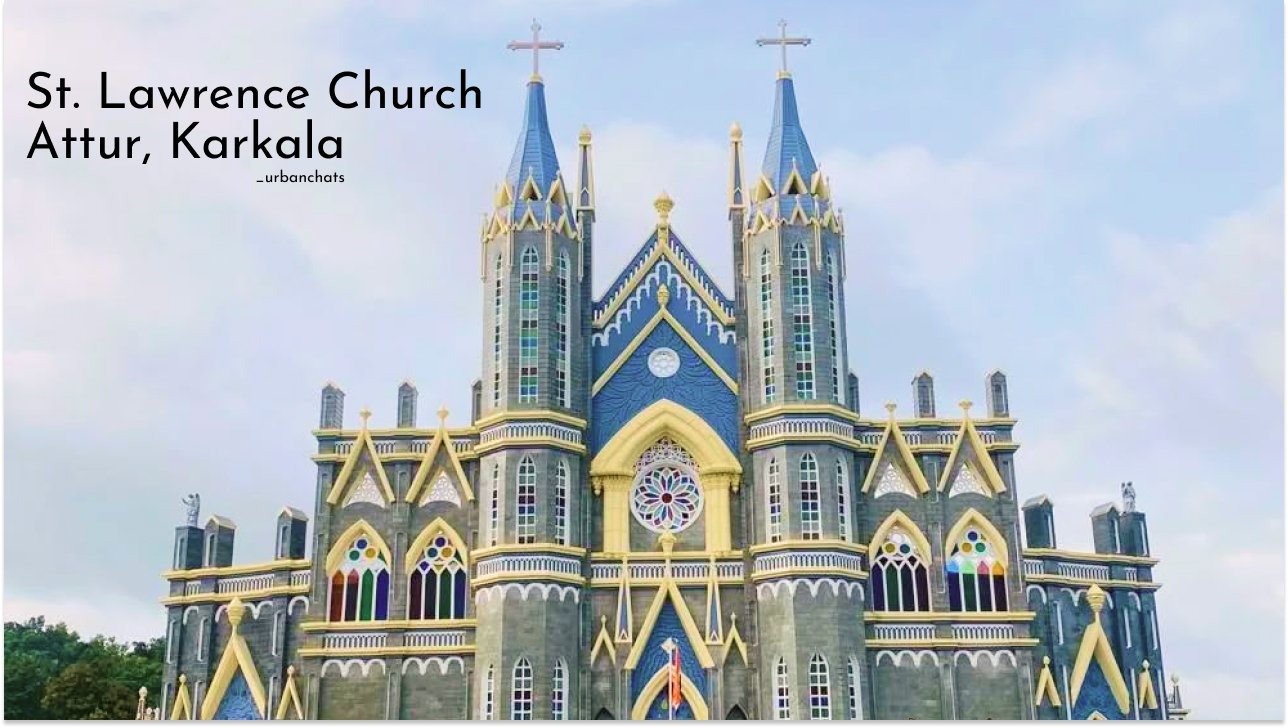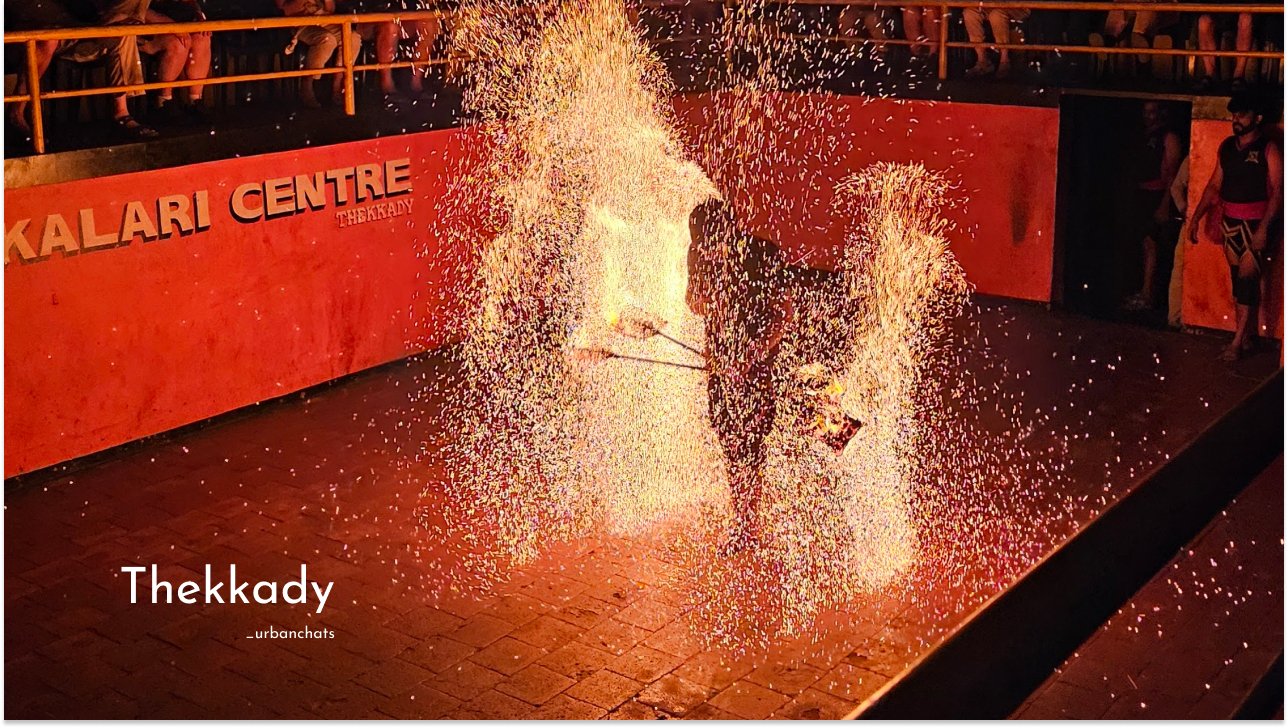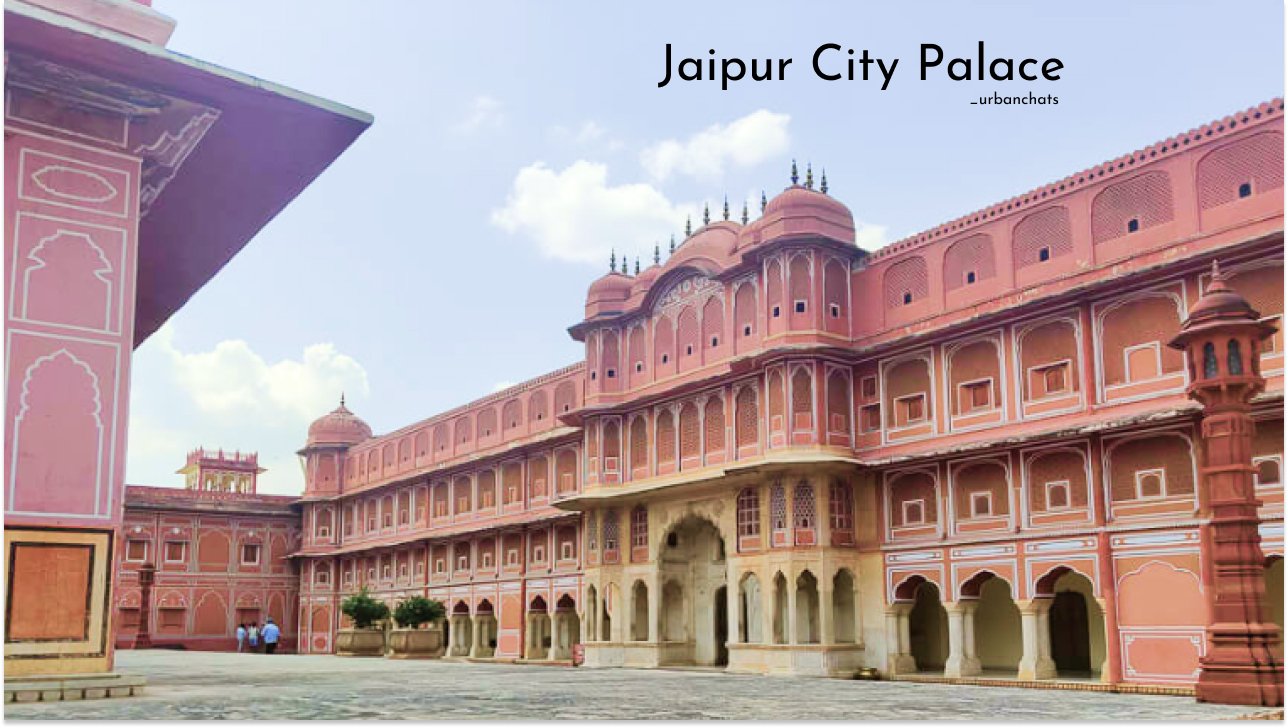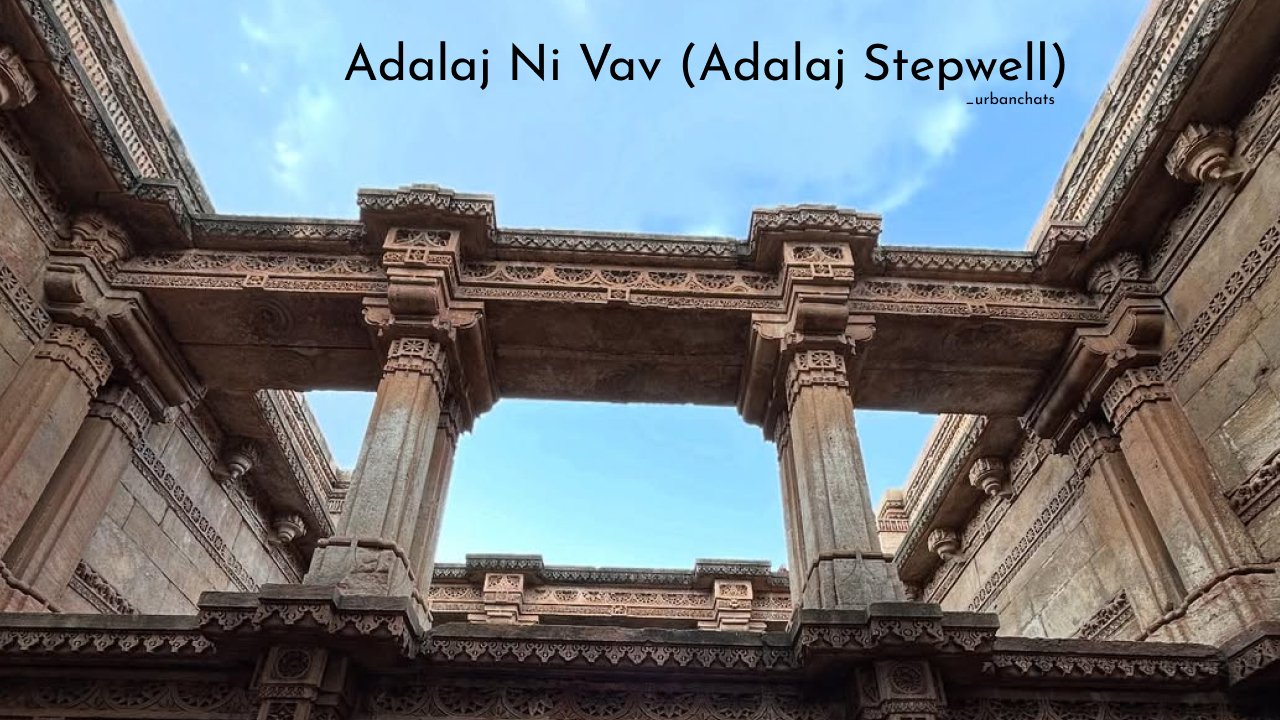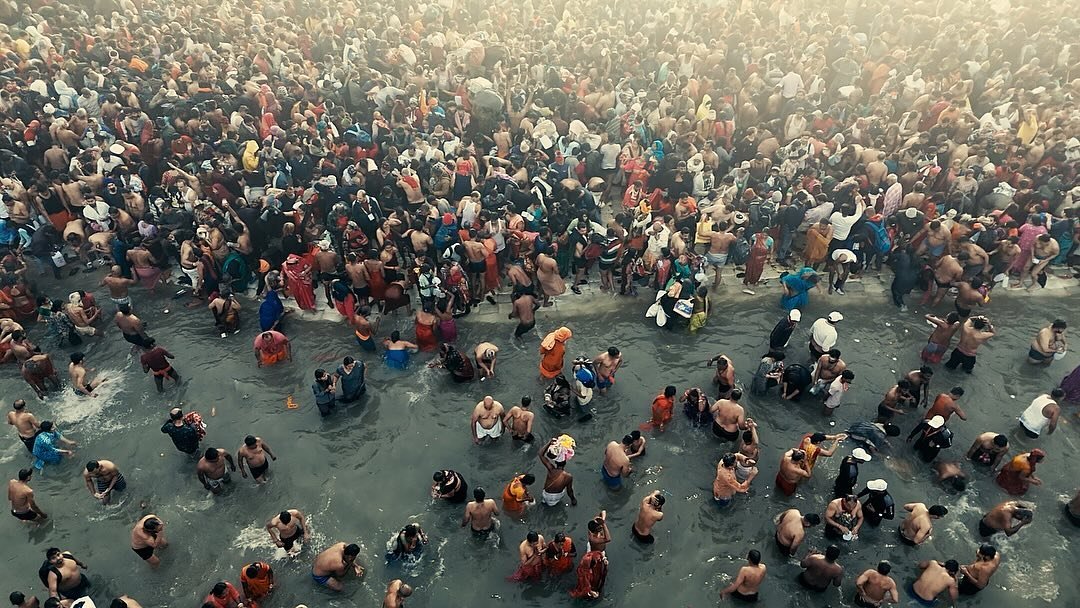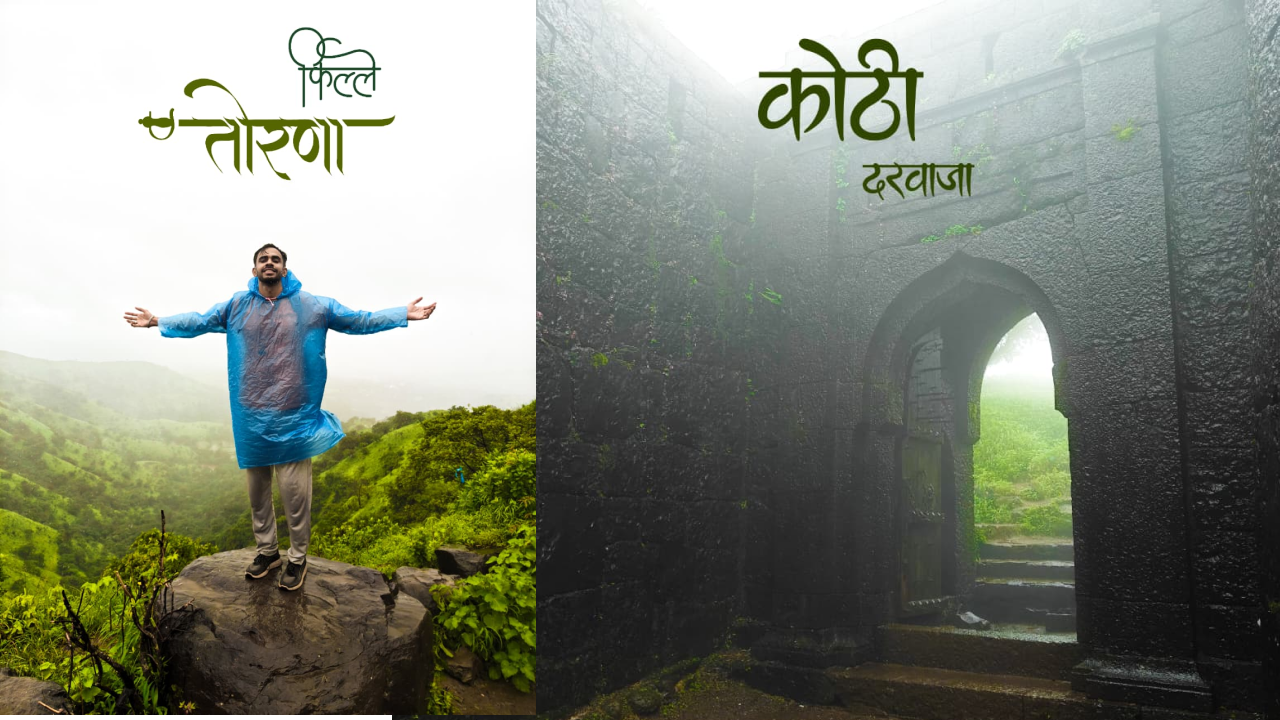Hey, I’m Dhanwant a Nashik local with an Activa, a love for spice, and a soul tied to this city’s pulse. Last weekend, I revved up my Activa, rode through Panchavati Nashik’s sacred core and lost myself in its devotion, history, and vibe. Picture this: five ancient banyan trees whispering Ramayana tales, the Goda Aarti’s chants echoing over the Godavari, and a neighborhood pulsing with faith. X buzzed about it “Sita Gufaa’s eerie!” “Goda Aarti’s divine!” and I had to feel it. I’ll unpack Panchavati its meaning, the Goda Aarti’s magic, visit times, and that unmistakable Nashik vibe. Buckle up let’s roll into devotion’s heart!
Nashik’s my turf 180 km from Mumbai, a city of wine, temples, and soul. Panchavati’s its crown named for five (“pancha”) banyan (“vatika”) trees tied to Lord Rama’s exile with Sita and Lakshmana. X lit up: “Triveni Sangam’s holy!” “Kalaram’s black stone glows!” I’d zipped past it on my Activa a hundred times CBS to Old Nashik, ₹50 fuel but never stopped. Then I heard about the Goda Aarti devotional chants at dusk, lamps flickering on the Godavari. I needed it. Panchavati’s not just a place t’s a feeling, and I was ready to dive in.
The Legendary Roots and Historical Significance of Panchavati
Mythological Origins: Ramayana and Lord Rama’s Stay
Panchavati holds a special place in Indian mythology, especially in the epic Ramayana. It is believed that Lord Rama, along with his wife Sita and brother Lakshman, stayed in this region during their exile. The name “Panchavati” itself signifies the five (pancha) banyan trees (vati), which are considered sacred and symbolize the five divine elements.
This mythological connection makes Panchavati a sacred site for devotees and a place of spiritual reflection. The area is dotted with temples and sites that commemorate Lord Rama’s stay, making it a living mythological landscape.
Historical Landmarks and Archaeological Sites
Over centuries, Panchavati has seen the rise of temples, ancient structures, and archaeological sites that tell stories of India’s rich past. The Kalaram Temple, built in the 18th century, is an architectural marvel and a religious hub for devotees. The Sita Gumpha (Sita Cave) is another ancient site believed to be where Sita stayed during her exile.
The region also features remnants of old structures and inscriptions that provide insights into its historical importance. These sites are preserved as part of India’s cultural heritage and continue to attract scholars and tourists alike.
Panchavati’s Role in Indian Spiritual and Cultural History
Panchavati is more than just a mythological site; it’s a symbol of India’s spiritual ethos. It has been a center for religious practices, festivals, and cultural exchanges over centuries. The presence of sacred banyan trees and temples underscores its significance as a spiritual sanctuary, fostering devotion and cultural continuity.
My Activa Ride to Panchavati: The Journey Begins
Feb 20, 2025, 6:00 AM Nashik’s dawn was crisp. Activa tank full (₹600), I hit Panchavati Road 5 km from home, 15-minute ride through sleepy lanes. Mist hugged the Godavari; temple bells clanged. Parked near Ramkund (free spot), I smelled incense and chai (₹10, roadside stall). Panchavati’s vibe hit old banyans looming, pilgrims shuffling, Nashik’s chaos softening into reverence. This was my turf, but today, I’d see it a new.

Panchavati Unraveled: The Sacred Core
Panchavati’s Nashik’s devotional spine tied to the Ramayana, where Lord Rama, Sita, and Lakshmana camped 2500+ years ago. “Pancha Vatika” five banyans still stand near Sita Gufaa, gnarled and wise. It’s Old Nashik narrow lanes, mud homes, faith in every brick. I wandered, Activa parked, soaking it in Triveni Sangam, Sita Gufaa, temples, and that Goda Aarti hum. Here’s the breakdown.
Goda Aarti: Devotion by the Godavari
At 7:00 PM, I hit Ramkund Panchavati’s heartbeat for the Goda Aarti. Picture this: priests in saffron, lamps flickering, the Godavari glinting gold. Chants rose “Har Har Goda, Har Har Gange” a devotional wave washing over 200+ pilgrims. It’s daily, 6:30-7:30 PM, free bring your soul. I stood ankle-deep, lamp (₹20) in hand, mesmerized smoke curled, bells clanged, Nashik’s chaos faded. It’s not Varanasi’s scale, but it’s raw, local, ours.
- Vibe: Serene yet electric faith meets river whispers.
- Specifics: Evening (6:30 PM), Ramkund ghat, 1 hour.
- Tip: Arrive 6:00 PM grab a front spot. Dress modest wet feet expected.
Triveni Sangam: Where Rivers Kiss
Next, Triveni Sangam 300 meters from Ramkund, where Godavari meets mythical Yamuna and Saraswati. It’s a dip spot pilgrims wading, priests chanting, water murky but holy. I watched an uncle dunk thrice ₹50 for a ritual dip with a pandit. Kumbh Mela’s epic here every 12 years next in 2027. Vibe? Quiet power history and faith colliding.
Sita Gufaa: The Cave of Legends
Down a tight lane, Sita Gufaa Sita’s cave hit me hard. Narrow, 10 feet deep, dim legend says Ravana snatched her here. Five banyans guard it; a small Rama shrine glows inside. I ducked in cool, eerie, history heavy. Vibe? Mystical goosebumps guaranteed. Open 6:00 AM-9:00 PM, free.
Kapaleshwar Temple: Shiva’s Serenity
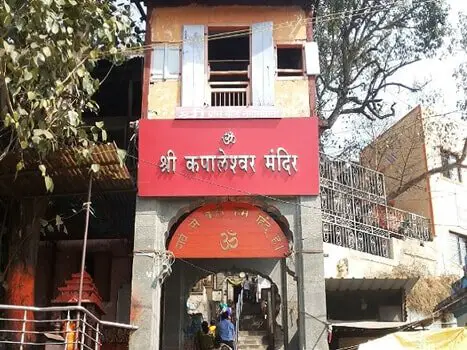
Upstream, Kapaleshwar Temple Shiva’s abode loomed. No Nandi (rare!), just a massive lingam, whitewashed walls, and silence. Built 14th century, it’s Panchavati’s calm corner. I sat 20 minutes bells soft, vibe pure. Open 5:00 AM-9:00 PM, peaks at Mahashivratri.
Kalaram Temple: Black Stone Devotion
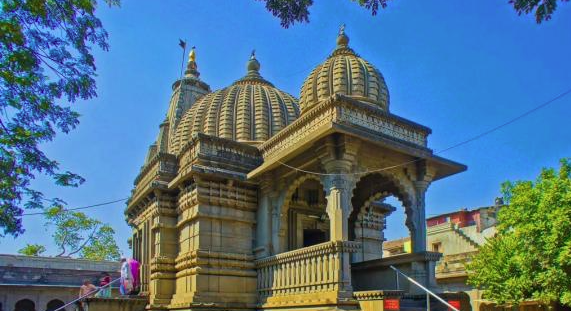
Kalaram Temple’s the star black basalt, 70 feet tall, Lord Rama’s idol jet-black. Built 1790, 84 pillars, gold spire it’s Nashik’s pride. I joined the 11:00 AM aarti drums, chants, 50 devotees swaying. Vibe? Grand, alive devotion carved in stone. Open 5:00 AM-10:00 PM.
Experiencing Panchavati
Cultural Festivals and Their Significance
Panchavati comes alive during festivals like Ram Navami, celebrating Lord Rama’s birth, and Diwali, with grand celebrations and rituals. These festivals showcase traditional music, dance, and processions that reflect the vibrant local culture.
Rituals and Spiritual Practices
Locals observe daily pujas, meditation, and spiritual rituals at temples and sacred sites. Participating respectfully in these practices can offer a deeper understanding of the region’s spiritual fabric.
Markets, Cuisine, and Crafts
Stroll through local markets near Bodhale Nagar Nashik or Hirawadi Nashik to find traditional crafts, souvenirs, and religious artifacts. Don’t miss trying local Maharashtrian delicacies like Misal Pav and Puran Poli—authentic flavors that add to your cultural immersion.
Tips for Respectful Exploration
- Dress modestly when visiting temples.
- Follow local customs and guidelines.
- Avoid loud noises and disruptive behavior at sacred sites.
- Be mindful of the spiritual significance of the area.
Practical Travel Tips and Insights from a Nashik Local
Best Time to Visit
The ideal months to explore Panchavati are from April to June and September to November, avoiding the peak summer heat and monsoon rains. Festivals like Ram Navami (usually in April) are especially vibrant times to visit.
How to Reach Panchavati
- By Road: Well-connected by local buses and taxis from Nashik city center.
- By Rail: Nashik Road Railway Station is nearby; from there, you can take a short auto or taxi ride.
- By Air: The Chhatrapati Shivaji Maharaj International Airport in Mumbai is about 3-4 hours away; from there, hire a cab or take a train.
Local Customs, Etiquette, and Safety Tips
- Respect religious sentiments and customs.
- Remove shoes before entering temples.
- Carry water and wear comfortable footwear.
- Keep your belongings secure and be cautious in crowded areas.
Recommended Duration
To truly appreciate Panchavati’s spiritual and cultural richness, plan for at least one to two days. This allows time to visit key sites, participate in rituals, and soak in the local atmosphere.
Panchavati Hacks: Insider Tips
- Timing: Winter, dawn/dusk Goda Aarti shines.
- Ride: Activa ₹50 fuel from CBS. Park near Ramkund tight but free.
- Gear: Sneakers, water (₹10) ghats are wet.
- Food: Misal at Tapovan (₹80) spicy kick.
- Budget: ₹200-₹300 covers food, offerings.
Why Panchavati’s My Soul
Panchavati’s Nashik’s essence Goda Aarti’s chants, Sita Gufaa’s chill, Kalaram’s roar. My Activa hummed 10 km round-trip ₹50 fuel, ₹100 snacks, a lifetime of vibes. Best time to visit Panchavati? Winter, no doubt. It’s devotion, history, culture raw and real. Got a Panchavati story? Drop it I’m Dhanwant, and this ride’s etched deep!
Conclusion
Panchavati remains a timeless symbol of Nashik’s heritage—a place where mythology, history, and spirituality converge. Its sacred banyan trees, ancient temples, and mythological stories continue to inspire and attract visitors from around the world.
I encourage you to explore Panchavati with curiosity and respect, embracing its vibrant history and spiritual traditions. As a Nashik local, I invite you to experience the soul of this historic locale through the eyes of someone who has cherished its stories for generations. Discover the magic of Panchavati, and let its timeless charm leave a lasting impression on your journey.


